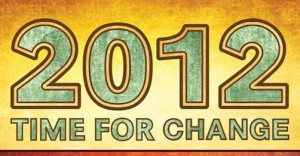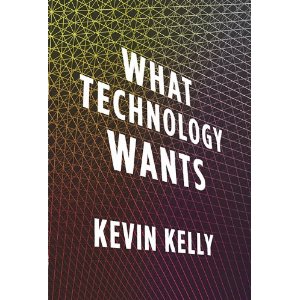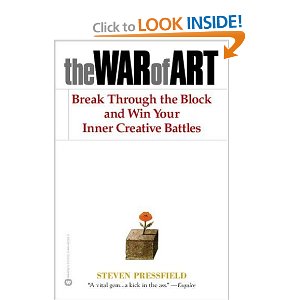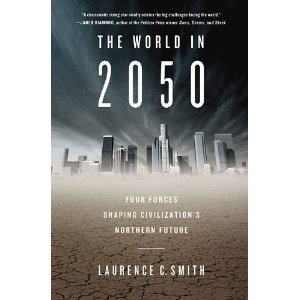Book creation coach, TV host
Posted: October 25, 2010 07:16 PM
A Buddhist Vision of Life Beyond Consumerism
Review of Stephen Batchelor, Buddhism Without Beliefs: A Contemporary Guide to Awakening
EXTRACT:
The service offered by Batchelor is to get to what he regards as the core of Buddhist practice, free of “accretions” imposed by various Asian traditions. Of course, some westerners are attracted to Buddhism in part by the rich Baroque trappings of the Tibetans, the subtle Theravada traditions of southeast Asia or the spare paradoxes in Zen cultures. But other westerners want a practice they feel is more suitable for a scientific and democratic society.
Having been a monk in two of three Asian traditions (Tibetan and Korean), Batchelor sought what he regards as Buddha's basic realization. In his writing, he even set aside such crucial elements of traditional Buddhism as rebirth and karma, not denying that the founder taught these doctrines, but attributing them to the Hindu world in which he'd grown up and arguing that they aren't necessary to Buddha's genius as expressed in the “four noble truths.”
Within Buddhism, Bachelor's heresy is not to do without the concept of divinity (the founder was agnostic about metaphysics), but rather to set aside any realm other than our life on earth and to accept the possibility of death as oblivion. This is a delicate point because the prestige of Tibetan religious leaders, starting with the Dalai Lama, depends in part on the claim to be reincarnations and because the finality of death is almost unimaginable to most of us.
What a waste to obtain the necessities of life, guard against danger, form attachments to other humans and accumulate knowledge, and then poof, it's all gone like photo albums when a house burns down. This would be almost as unthinkable as a process of evolution. What human would design so slow, wasteful and unfair a process? Batchelor's point here would be that the gist of Buddhist dharma practice is being aware of what's here, now, rather than placing hope, without evidence, in a happier life after death.









